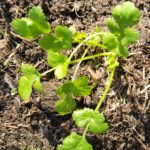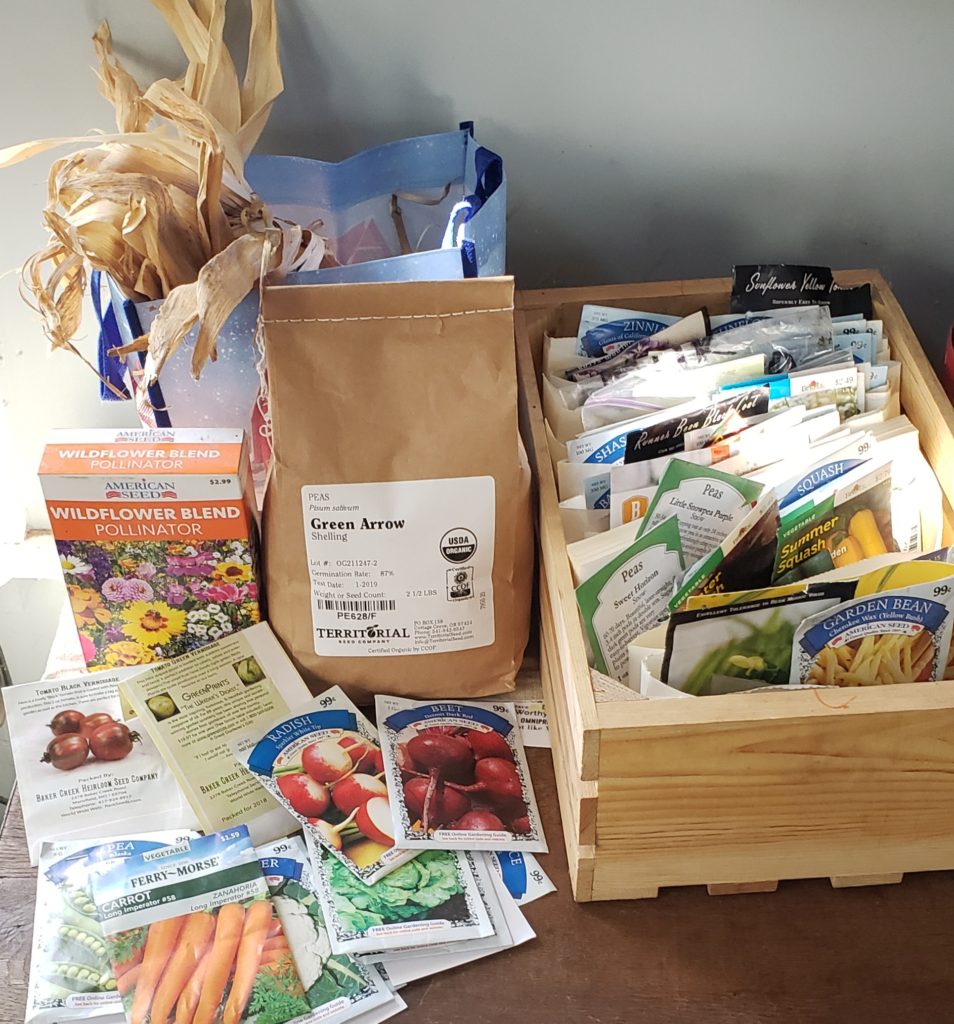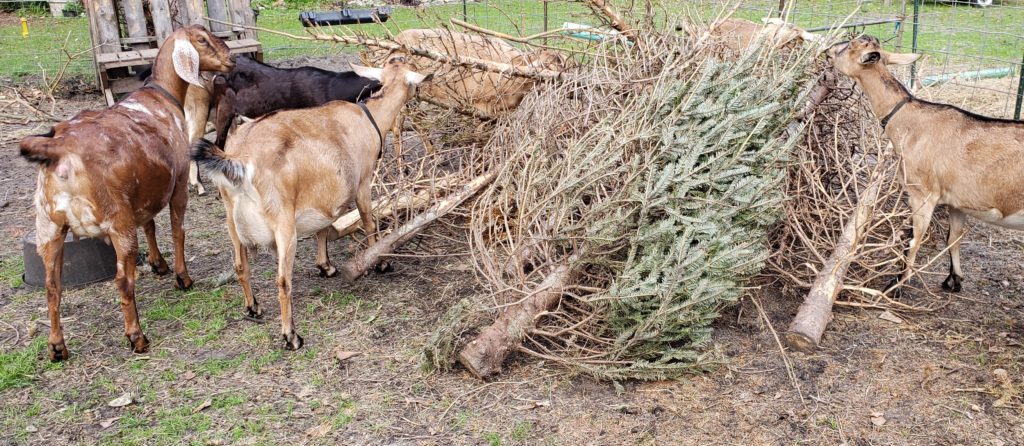Y’all, I have literally invested hours today! Doing what? Trying to do hard things, or at least one hard thing.
Let me back up. It’s now January. Back In December I met with a dear friend who is also a business consultant (and life coach). I told her I needed help in planning and organizing my farm life in 2020 so that I would not be so reactionary. Not that reaction is evil but not as productive as being focused and goal oriented. Especially when you have a really busy year and not a lot of extra help.
So we were brainstorming ideas and she kept pointing out that I am relational and that people come to the farm because they want to connect personally and have an experience and learn with me. True and I love it. But I found myself having the same conversations over and over, one of the most common being the seasonality of raw milk, the farm and life. At her urging I agreed that I would try and video myself, just being me, and talking about… well seasonality and farm life.
I agreed to do it 7 times and make myself press past my discomfort and practice, practice, practice, until it got comfortable. Well y’all I.Just.Cant!! I tried. I really, really – like 15 separate attempts – tried. You know I’m not camera shy, you know I love to talk, you know I always have a story, you know I’m more than happy to share any and every aspect of farm life, my life. But it’s now painfully and hilariously obvious that my talent and gifting is not videography. Lesson learned. I really just need a camera man.
So here I am, at the computer. Writing thru my frustrations and getting my word for the month out of my system. What’s my word you ask?
Seasonal
A few reasons why seasonal:
- It’s biblical. Which sets the stage for every other reason. If you know me, you know I’m a self-proclaimed “Bible Thumping Holy Roller”. Not that I will literally beat you over the head with it but I spent the first 28 years of my life searching for truth. When I finally found the source and foundation of truth in God’s Word, well it literally changed my life. And that’s the truth! I’m still on that journey and I have and continue to discover that the bible is true, and that if I use it as my foundation point I tend to not veer into the quicksand and mud pits of life as often. Lesson learned. So I’m going to share the truth with you whenever I get a chance.
For everything there is a season, and a time for every matter under heaven: a time to be born, and a time to die; a time to plant, and a time to pluck up what is planted; a time to kill, and a time to heal; a time to break down, and a time to build up; a time to weep, and a time to laugh; a time to mourn, and a time to dance; a time to cast away stones, and a time to gather stones together; a time to embrace, and a time to refrain from embracing; a time to seek, and a time to lose; a time to keep, and a time to cast away; 7 a time to tear, and a time to sew; a time to keep silence, and a time to speak; 8 a time to love, and a time to hate; a time for war, and a time for peace. Ecclesiastes 3:1-8 ESV

Baby cilantro
growing in the path
- Season in Latin means “to sow”. If I haven’t learned anything as a farmer, I’ve learned that when you try growing things outside of their natural habitat you might have to try them in different seasons and locations around the farm to gain success. No guarantee but worth a try. But be prepared for a bitter lesson of sorts. I first noticed this many years ago when I tried to grow cilantro in the summer. I had first fallen in love with cilantro 20 years ago when my family vacationed in Mexico. We literally ate cilantro at every meal every day! It is a hardy annual and a relative of the parsley family (which originated in southern Europe, North Africa and the western portion of the Asian continent) and it thrives on the west coast in the summer. It doesn’t like our humid summers in the coastal south. I first planted it in April when I purchased it at the local big box store. 4 weeks later it bolted into beautiful flowers and sweet little yummy green seeds but the leaves had become bitter and disgusting!! Who knew that cilantro is the herb and coriander is the seed/spice and that they are actually the same plant IN DIFFERENT SEASONS. So I let the seeds drop and wonder of wonders, in the fall I had baby cilantro plants popping up all over the place. It grew all winter and gave us so much scrumptious herb but alas, come spring it bolted, set seed and died but continues to repeat the cycle year after year. Such is the life of an annual. So if you want to grow something not native to your area, look at where it originated and see if you can match the seasonal conditions to fool it into thinking it’s the right time. Lesson learned. Cilantro pesto here I come…
- Seasonality of food refers to the times of year when a given type food is at its peak, either in terms of harvest or its flavor. The food’s peak time in terms of harvest usually coincides with when its flavor is at its freshest, tastiest and most nutritious. Even though we all like to eat tomatoes year round, the best time to eat them is when they can be picked and eaten while they are still warm from the sun right out of your own garden, or at least purchased directly from a local grower shortly after harvest. Seasonal fruits and vegetables produced at home or on local farms are generally fresher, as they do not require long distances for transport. Also, unlike out of season produce which is harvested early in order to be shipped and distributed to your local retail store, crops picked at their peak of ripeness are also better tasting and full of flavor. What’s more, studies have shown that fruits and vegetables contain more nutrients when allowed to ripen naturally on their parent plant. One gal said “a store bought tomato tastes like disappointment”. Lesson learned.

- Pull out the seed catalog and just plant, or go to the local farmers market and eat fresh in season.
So what about the raw milk? Why don’t you have any in the winter? Just so you know, full size dairy goats are seasonal breeders. They are cousins of deer and breed late summer thru fall. The gestation period is 150 days. At the end of breeding season (or by Thanksgiving) we dry them off (stop milking them) so that they can have a season of rest to build their bodies up, grown big healthy babies and start the whole process over again come kidding season (late winter/spring). So for now, we enjoy aged cheeses and) cajeta (awesome Mexican caramel made from sugar and goats milk) that we made last summer when milk was plentiful. And we wait. And we plan and prepare. And we clean the barn and get the kidding stalls ready. And we plant winter grass for the nibbling goats and chickens. And we take time to rest and renew. In the barn and in the pasture the goats are noshing on Christmas trees and ruminating in the sun spots. Their bellies are getting bigger with growing babies. It’s a season of anticipation. Lesson learned. Embrace the season!!!
